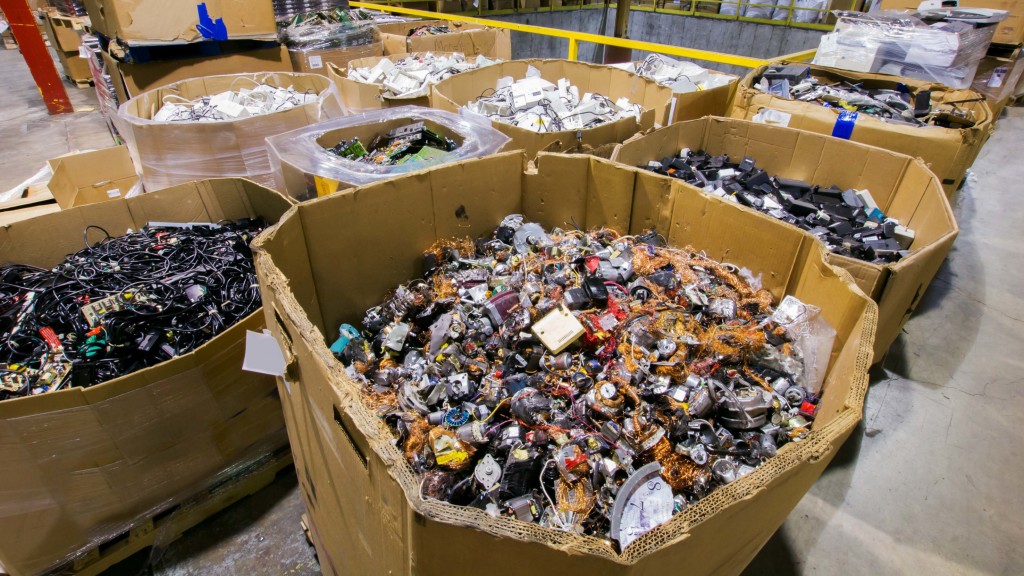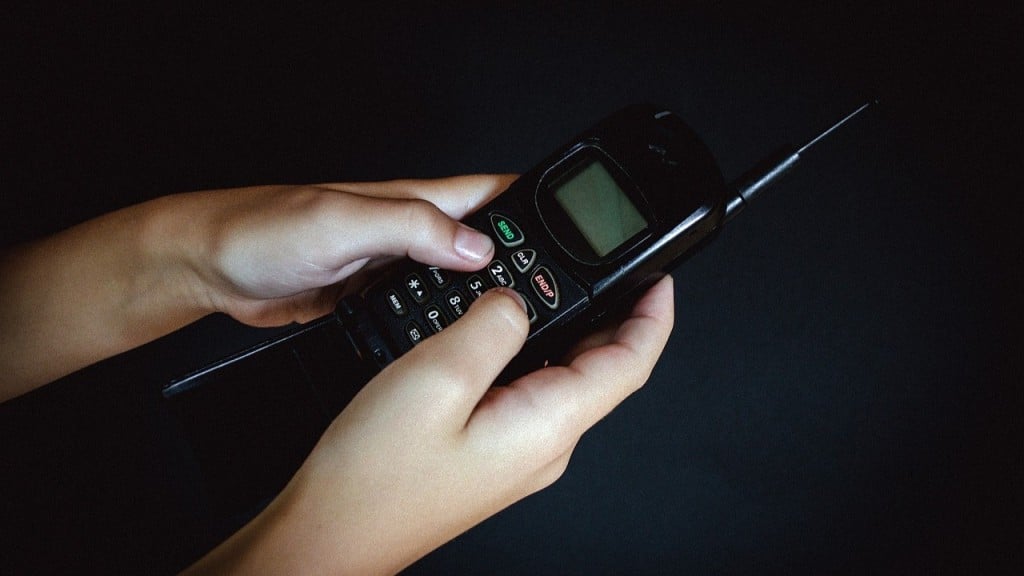UN Global E-Waste Monitor 2020 predicts electronic waste volume to reach 74 million tonnes by 2030
Largest e-waste flow out of Asia, followed by Americas and Europe

According to the recently released UN Global E-waste Monitor 2020 report, worldwide generation of e-waste is up over 20 percent since 2015 and is set to double in a decade. The report finds a record 53.6 million metric tonnes (Mt) of electronic waste was generated worldwide in 2019, up 21 per cent in just five years.
The new report predicts global e-waste - discarded products with a battery or plug - will reach 74 million tonnes by 2030, almost a doubling of e-waste in just 16 years. This makes e-waste the world's fastest-growing domestic waste stream, fuelled mainly by higher consumption rates of electric and electronic equipment, short life cycles, and few options for repair.
UN's Global E-Waste Monitor 2020 also found that only 17.4 per cent of 2019's e-waste was collected and recycled. This means that gold, silver, copper, platinum and other high-value, recoverable materials conservatively valued at US $57 billion -- a sum greater than the Gross Domestic Product of most countries - were mostly dumped or burned rather than being collected for treatment and reuse.
Also according to the report, Asia generated the greatest volume of e-waste in 2019 — some 24.9 Mt, followed by the Americas (13.1 Mt) and Europe (12 Mt), while Africa and Oceania generated 2.9 Mt and 0.7 Mt respectively. For perspective, last year's e-waste weighed substantially more than all the adults in Europe, or as much as 350 cruise ships the size of the Queen Mary 2, enough to form a line 125 km long.
E-waste is a health and environmental hazard, containing toxic additives or hazardous substances such as mercury, which damages the human brain and / or coordination system. The UN's Global E-waste Monitor 2020 is a collaborative product of the Global E-waste Statistics Partnership (GESP), formed by UN University (UNU), the International Telecommunication Union (ITU), and the International Solid Waste Association (ISWA), in close collaboration with the UN Environment Programme (UNEP). The World Health Organization (WHO) and the German Ministry of Economic Cooperation and Development (BMZ) also substantially contributed to this year's Global E-waste Monitor 2020.


